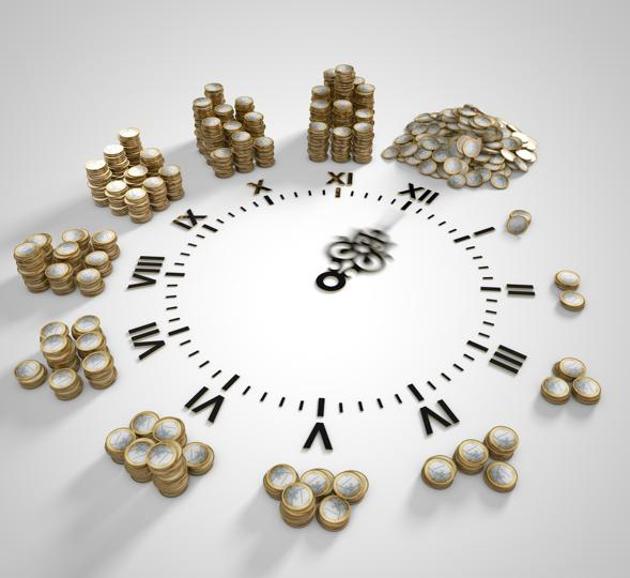How much money does it take to be happy? Aim for the Enough Point, says Charles Assisi
It’s true what they say... too much of anything can be a curse. Studies have found that happiness levels actually dip as earning rise above a certain point.
Would you rather be time rich or money poor? It’s a tricky question.

When looked at from a deprived person’s point of view, money is needed to survive the here and now. Time is a luxury those who do not have to grapple with the exigencies of living can afford.
But, ironically, the moneyed do not think of themselves as rich. When a research firm, Ameriprise Financial, conducted a survey in July among American millionaires, only 13% described themselves as wealthy. I wasn’t surprised. Their numbers tied in with anecdotal evidence collated over years, through my own conversations with Indian millionaires.
Asked about their wealth and how they intended to deploy it, inevitably each of them would launch into spiel about their middle-class upbringings, how much more they had to accomplish (or acquire, as the case may be). I don’t recall anyone describing themselves as rich. Instead, they spoke of how little time they had.
When you think about it, whatever the answer to the time-rich / money-poor question, it is illuminating, because it offers a peek into what keeps us humans going.
In a moment of epiphany, I reframed my original question and asked a few people: If compelled to choose right now between being a 90-year-old billionaire and a poor and struggling 25-year-old at a crossroads, who might you choose to be?
The metaphorically struggling 25-year-old got consistently more votes than the 90-year old billionaire. Time trumped money every time.
But this thought experiment does not stand up to scrutiny in the real world. Data suggests that poor people with time (or no time) on hand are unhappy people. The most recent edition of the World Happiness Report produced by Gallup and the United Nations Sustainable Development Solutions Network, ranked Indians at 140 of the 156 countries it surveyed. Does this have to do with the fact that there are at least 800 million poor Indians?
A January 2018 report on human behaviour published in Nature magazine has it that globally, people begin to feel happy when their annual income hits the $60,000 to $75,000 per annum mark.
Adjusted for purchasing power parity (PPP), what this means is that for an average middle-class Indian family to begin to feel happy, it must earn between ₹85,000 and ₹110,000 a month. Most people could do with a little more in their hands. But not too much more, it would seem.
Research has it that the quantum of happiness a family starts to taper off as it crosses the $95,000 per annum mark ( ₹1.40 lakh per month in India, at PPP).
If this is to be thought of as the ‘Enough Point’, any increase in income after that can only buy cosmetic happiness, if that.
The problem with the millionaires I mentioned earlier is that, in their pursuit of more, they raced past their Enough Point and ended up acquiring a ‘Scarcity Mindset’. They are condemned to die unhappy, whether 25 or 90.
(The writer is co-founder at Founding Fuel & co-author of The Aadhaar Effect)






